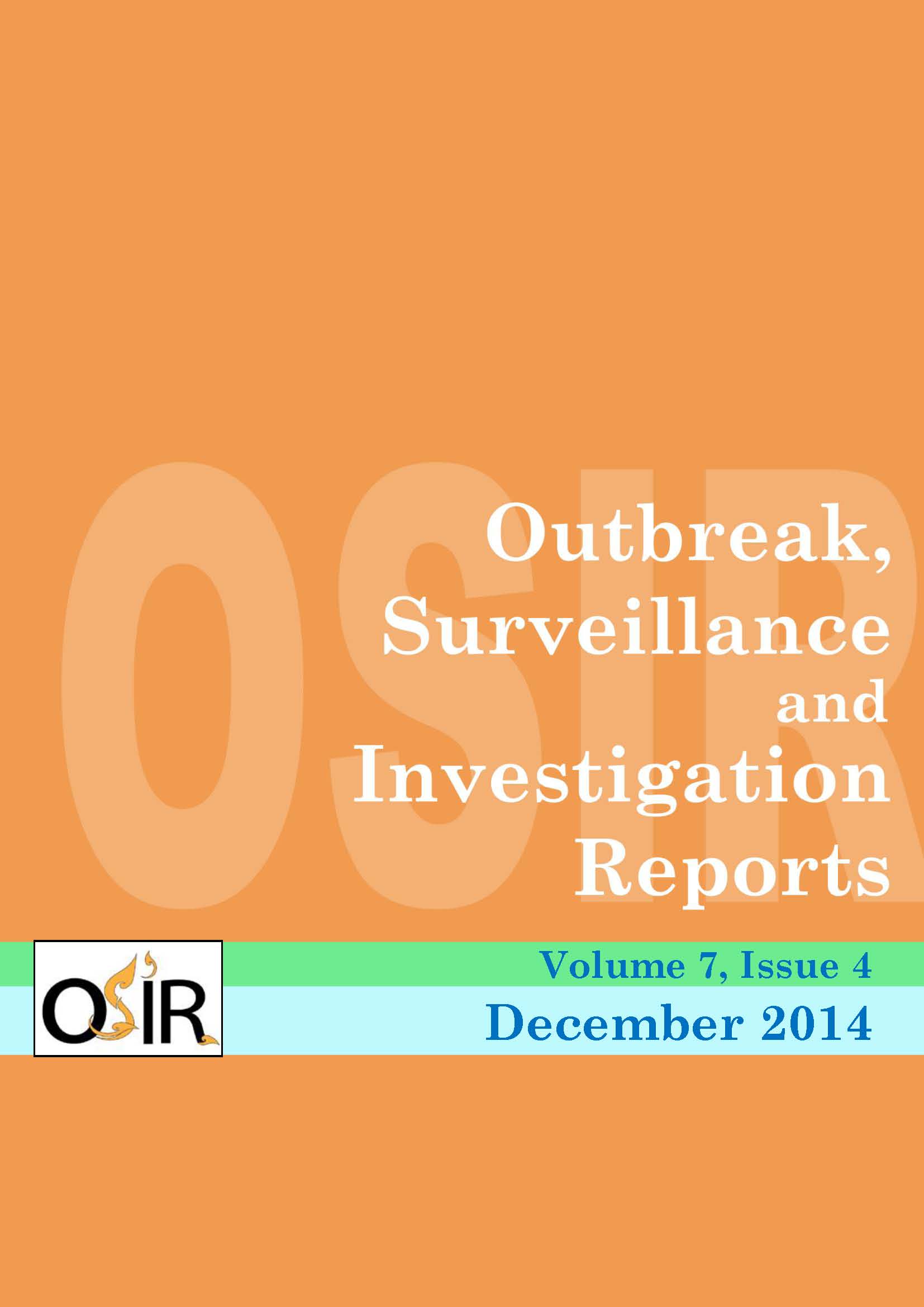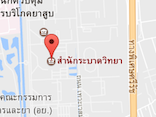An Outbreak of Leptospirosis in Davao City of Philippines, 2013: An Investigation of the Risky Behaviors that Led to the Resurgence
Main Article Content
Abstract
On 7 Feb 2013, the National Epidemiology Center in the Philippines Department of Health received a report on increasing number of leptospirosis cases in Davao City after the monsoon flooding. Leptospirosis has been endemic in Davao City and a leptospirosis outbreak occurred in 2011 after a flashflood in the city. Objectives of our investigation were to determine existence of the outbreak, identify source and mode of transmission, and find out risk factors. We reviewed medical records of local hospitals and conducted active case finding in the affected communities. A suspect leptospirosis case was a resident in one of nine flooded districts of Davao City who had fever for two days or more and any of the following: myalgia, conjunctival suffusion, jaundice, anuria/oliguria, hematuria or calf pain from 6 Jan to 15 Feb 2013. Serum samples were collected for laboratory confirmation by microscopic agglutination test and polymerase chain reaction. Key informants were also interviewed. Total 64 suspect leptospirosis cases with six deaths (CFR = 9.4%) were identified. Ages ranged from 14-73 years (median = 33 years), with 86% as males. Among 42 cases, 64% were positive for leptospira spp. Majority of the cases (82%) waded in the flood without any post-exposure prophylaxis and 63% had open wounds on lower extremities when exposed to floodwater. The most affected age group was 21-30 years old (33%). The case-control study showed that wading in floodwater (OR = 11, 95% CI = 1.45-458.37), swimming in floodwater (OR = 3, 95% CI = 1.31-8.00), having contact with moist soil (OR = 3, 95% CI = 1.13-6.49) and having open wounds (OR = 11, 95% CI = 3.61-36.63) were risk factors. Therefore, it was confirmed that there was a resurgence of leptospirosis in Davao City. Intensive health education activities, emphasizing protective clothing and prophylactic treatment might reduce risk for leptospirosis and future outbreaks.
Keywords: leptospirosis, case-control, risk factors, flooding, Philippines
Keywords: leptospirosis, case-control, risk factors, flooding, Philippines
Article (English)
Article Details
How to Cite
ZAPANTA, Ma Justina et al.
An Outbreak of Leptospirosis in Davao City of Philippines, 2013: An Investigation of the Risky Behaviors that Led to the Resurgence.
OSIR Journal, [S.l.], v. 7, n. 4, p. 1-5, nov. 2016.
ISSN 2651-1061.
Available at: <http://www.osirjournal.net/index.php/osir/article/view/32>. Date accessed: 20 apr. 2024.
Section
Articles


